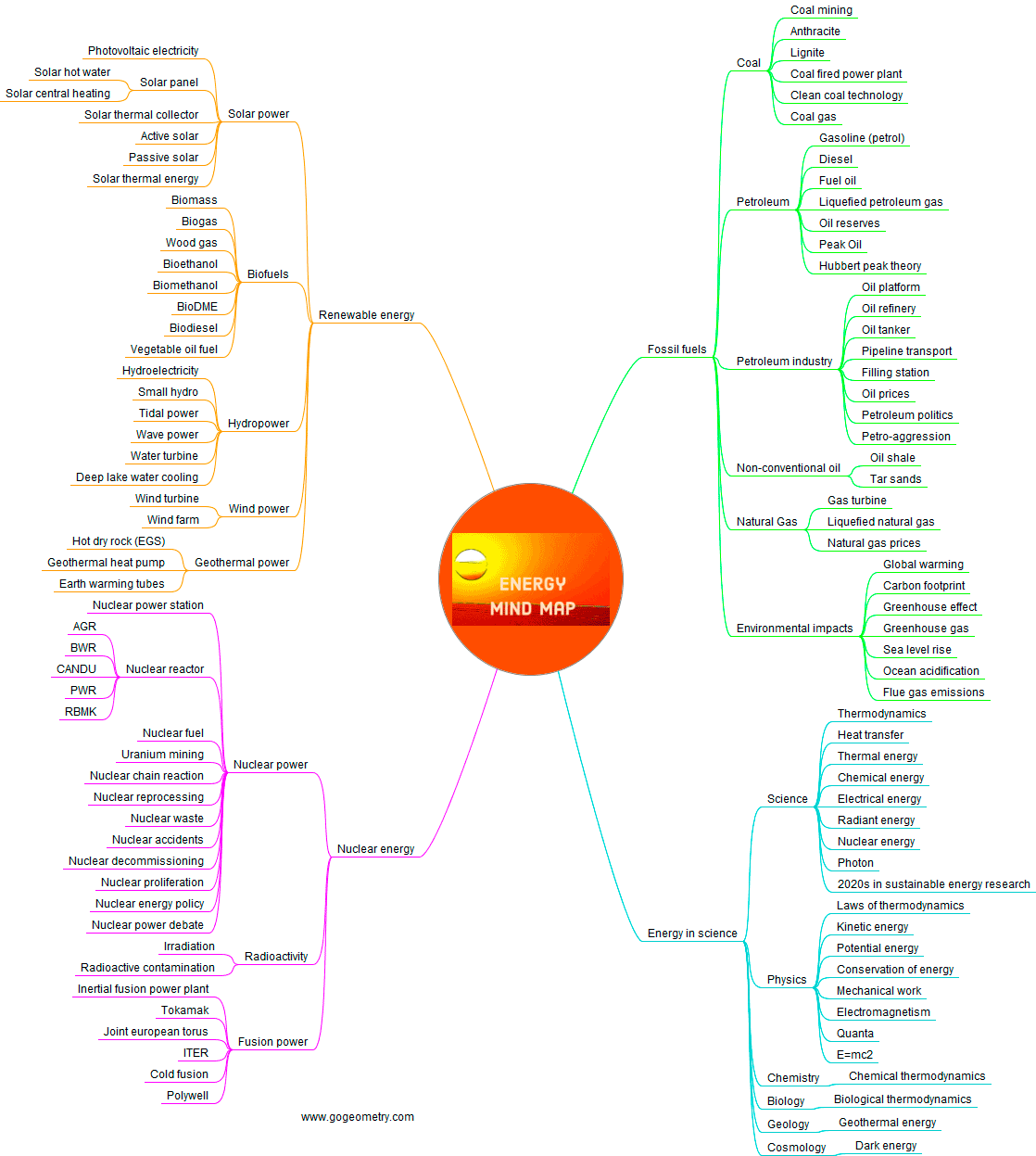In the realm of fundamental physics, the concept of chromodynamic energy emerges as a pivotal topic, nestled within the broader framework of quantum chromodynamics (QCD). This area of study encapsulates the interactions that govern the behavior of quarks and gluons, the elementary constituents of protons, neutrons, and, ultimately, the matter that forms the observable universe. But what is it about chromodynamic energy that poses such intriguing challenges, and how does it weave into the tapestry of modern particle physics?
The first step in understanding chromodynamic energy is to delve into the principles of quantum chromodynamics itself. Unlike electromagnetic forces, which are well-described by quantum electrodynamics, QCD is characterized by the phenomenon of color charge. In essence, quarks carry a type of charge known as color charge, which comes in three varieties: red, green, and blue. Gluons, the mediators of the strong force, themselves possess color charge and facilitate the binding of quarks within protons and neutrons through intricate exchanges, reminiscent of the complex ballet of forces at play within atomic nuclei.
At its core, chromodynamic energy represents the energy associated with these strong interactions. A thought-provoking question arises: If quarks and gluons are confined within hadrons, what is the nature of the energy that keeps them bound together? The answer lies in the phenomenon known as confinement. Quarks are never found in isolation; rather, they are perpetually locked within protons, neutrons, and other hadrons. The energy associated with this confinement becomes significant, significantly influencing the mass of hadrons through the principle of mass-energy equivalence.
Understanding this confinement and its implications leads us to the exploration of the QCD potential. The potential energy between quarks can be likened to a spring system, wherein the energy scales with distance. As quarks attempt to separate, the energy increases dramatically, indicating a force that scales up with separation distance. This behavior exemplifies the non-abelian nature of QCD, wherein the interactions become increasingly complex, and forces between color-charged particles do not behave linearly, challenging traditional concepts in classical physics.
To further dissect the implications of chromodynamic energy, consider the phenomenon of asymptotic freedom, a hallmark of QCD. At extremely short distances, quarks interact weakly, leading to a situation where they behave as nearly free particles. This is in stark contrast to the behavior at larger distances, where they experience extremely strong interactions. The variability of these interactions across scales introduces profound challenges in theoretical physics, particularly in developing a coherent model of hadron dynamics. How does one reconcile the low-energy confines of hadron physics with the high-energy realm of quark-gluon interactions? This question continues to spark debates and research in particle physics.
Moreover, examining the role of confinement and asymptotic freedom suggests an intriguing exploration of potential scenarios in high-energy environments, such as those encountered in heavy-ion collisions. When protons are accelerated and collided at relativistic speeds, temperatures and densities can soar to levels that recreate conditions similar to those found in the early universe, mere moments after the Big Bang. Under these extreme conditions, it is theorized that quarks and gluons exist in a deconfined state, forming a quark-gluon plasma. Here, the color fields become dynamic and fluid-like, leading to engaging questions about the phase transitions that occur in these extreme environments. How does the interplay of chromodynamic energy manifest in such a state, and what does it reveal about the fundamental forces of nature?
As we grapple with these questions, quantum chromodynamics challenges our understanding of fundamental forces. The strong force, characterized by a coupling constant that exceeds one, necessitates sophisticated computational approaches, including lattice QCD. Here, spacetime is discretized into a lattice structure, allowing for numerical simulations to yield insights into the properties of hadrons and the interactions of quarks and gluons. These techniques illuminate the complexities of chromodynamic energy and its implications for mass generation, confinement phenomena, and mass-dependent interactions.
In considering practical applications of chromodynamic energy, one must acknowledge its significance not merely as a theoretical construct but as a component of the standard model of particle physics. The energy landscape governed by QCD shapes our understanding of atomic structure, the forces that bind nuclei, and ultimately the synthesis of elements in stars. Furthermore, advancements in high-energy particle collisions, such as those occurring in the Large Hadron Collider, continually test the predictions of QCD, providing empirical data that informs the broader narrative of particle physics.
In summation, chromodynamic energy encapsulates the intricacies of the strong force, binding quarks and gluons within the nucleus and influencing the very fabric of matter. It challenges our understanding, prompting us to explore the multifaceted nature of energy transformations and force interactions within the subatomic world. As we delve deeper into the enigmas of chromodynamics, we confront a profound realization that the dance of quarks and gluons is not merely a ballet of particles, but a chorus of energy fluctuations and interactions that underpin the very essence of existence itself.












